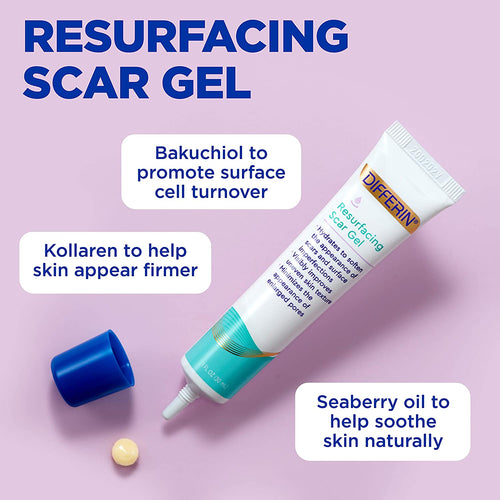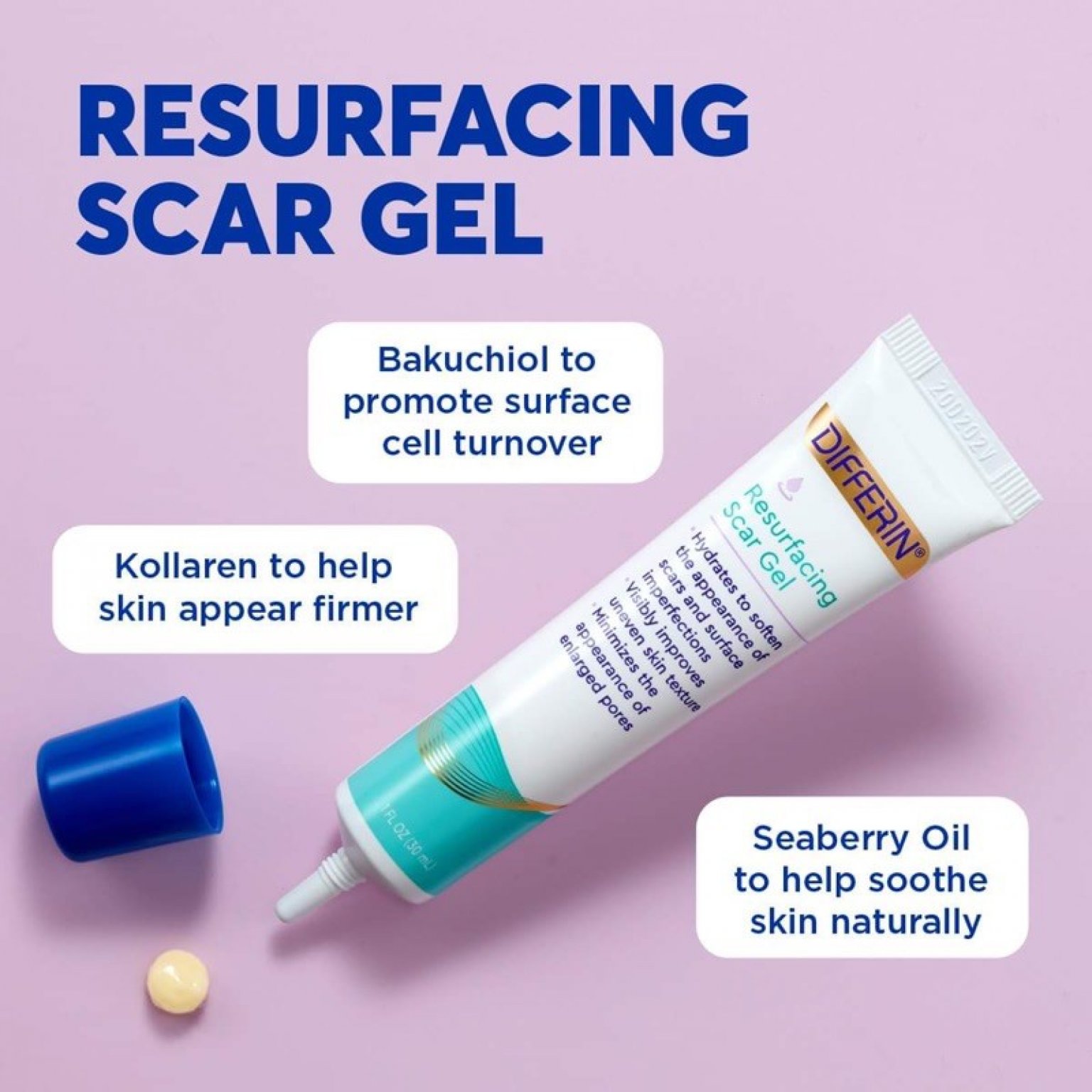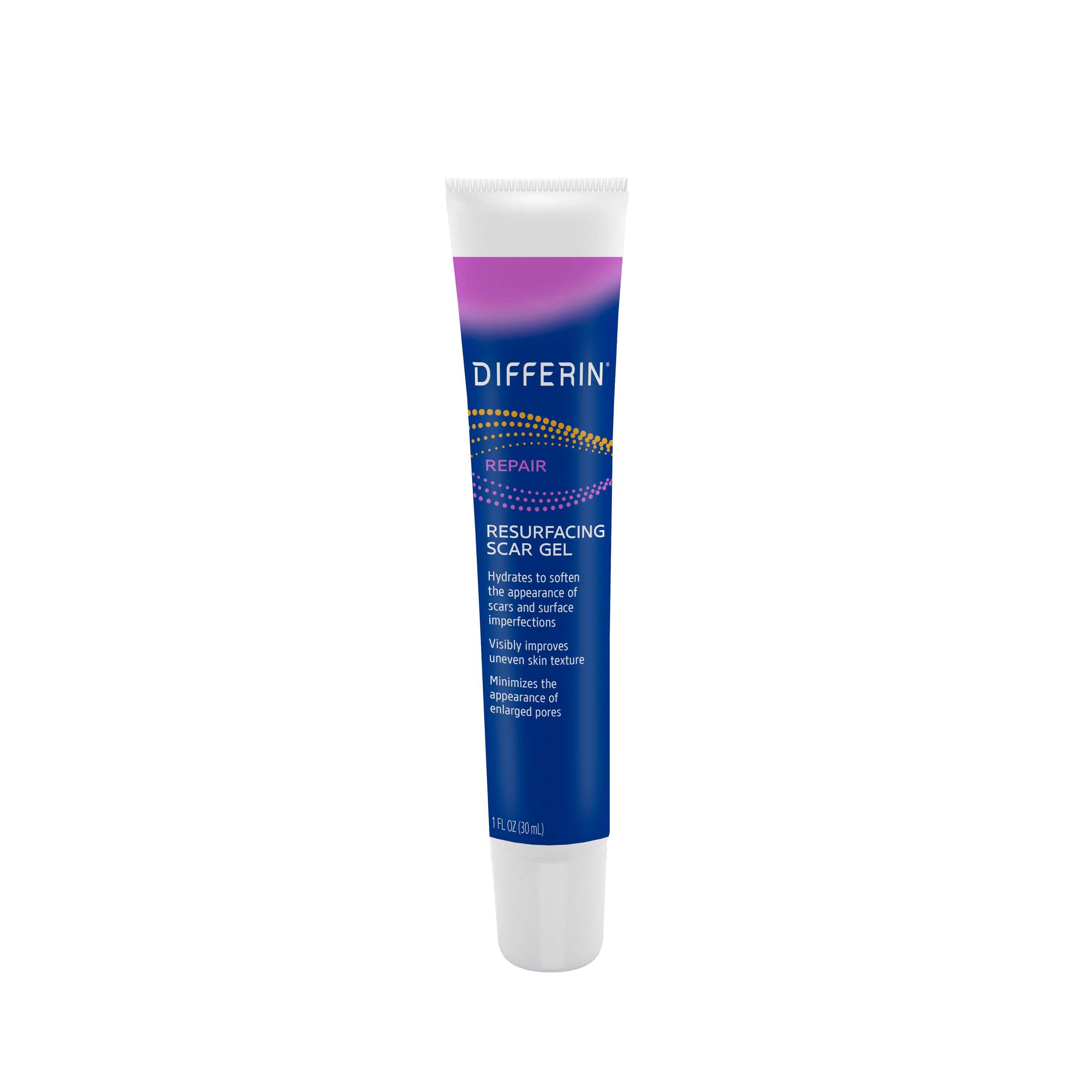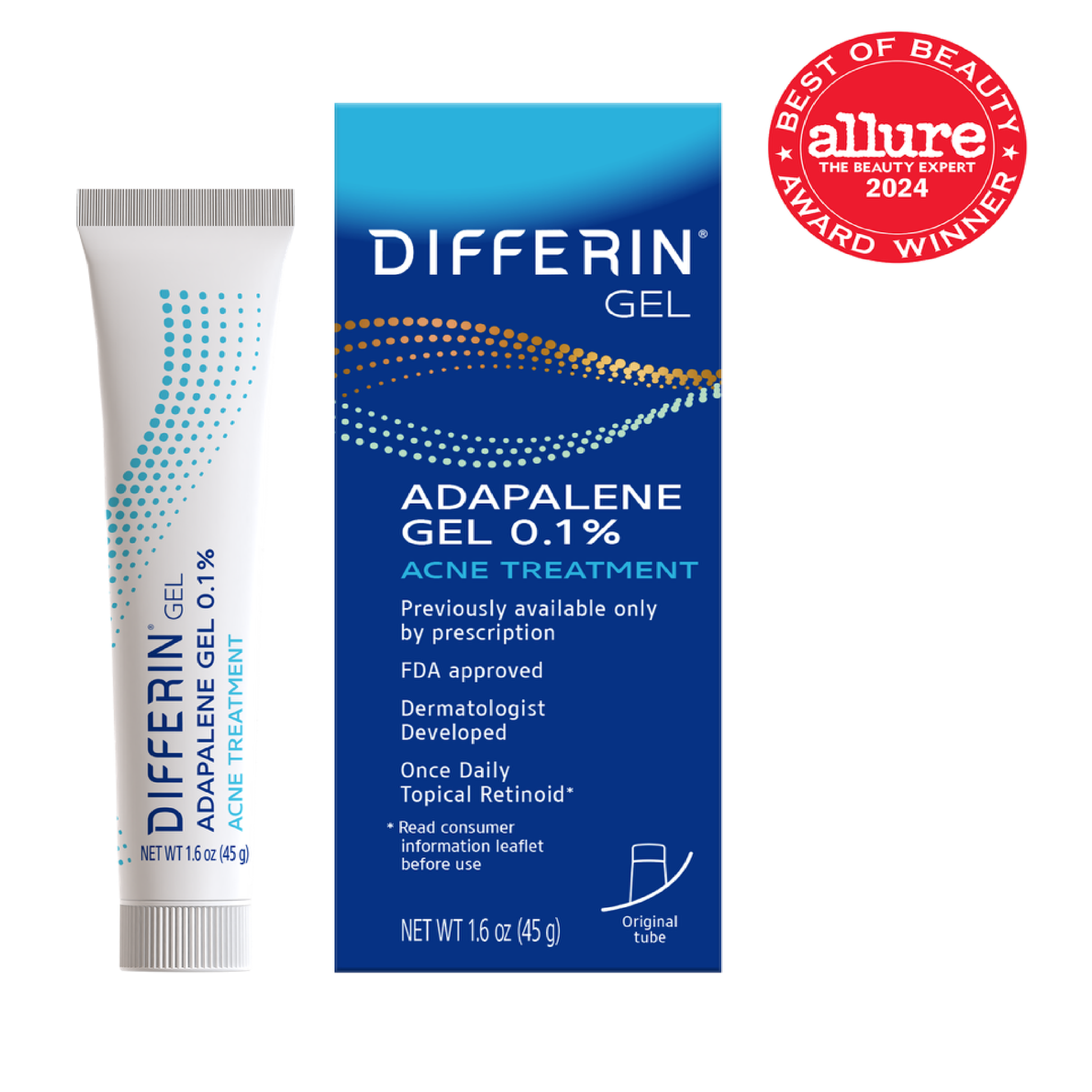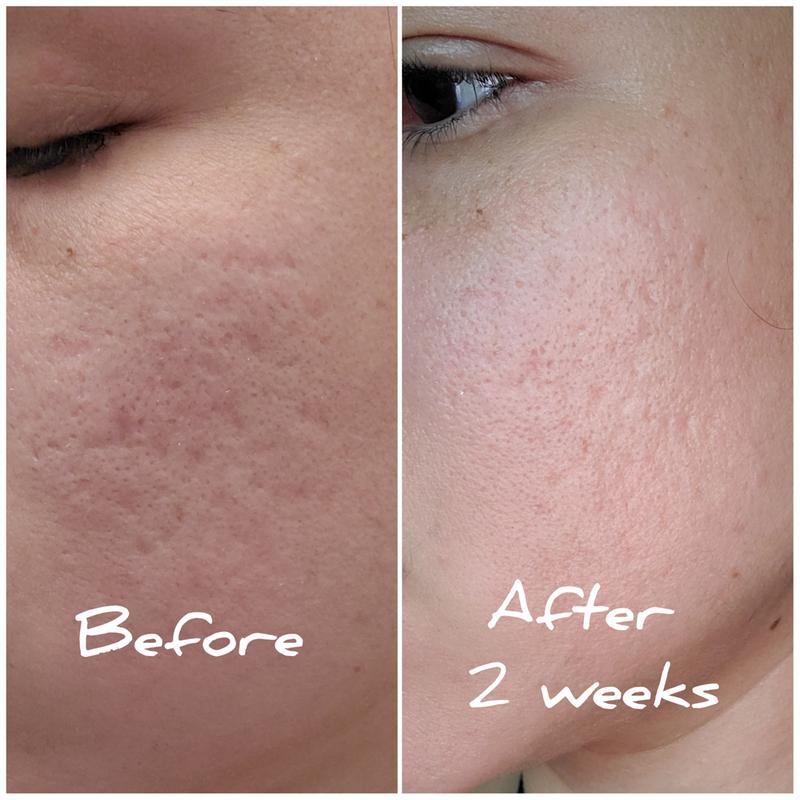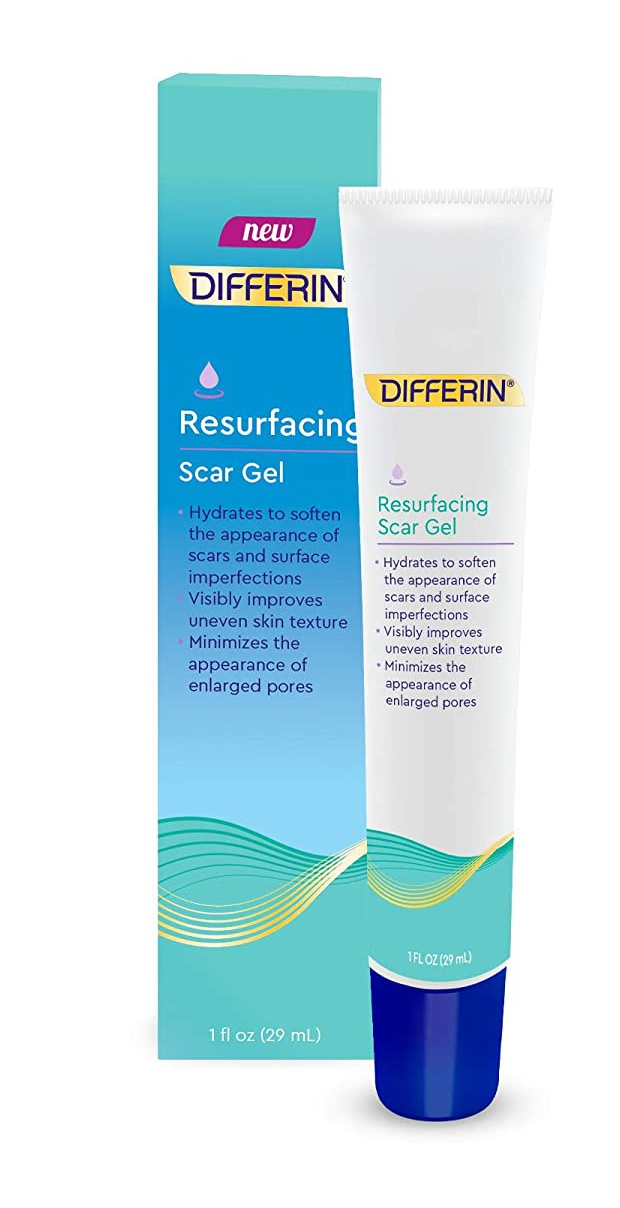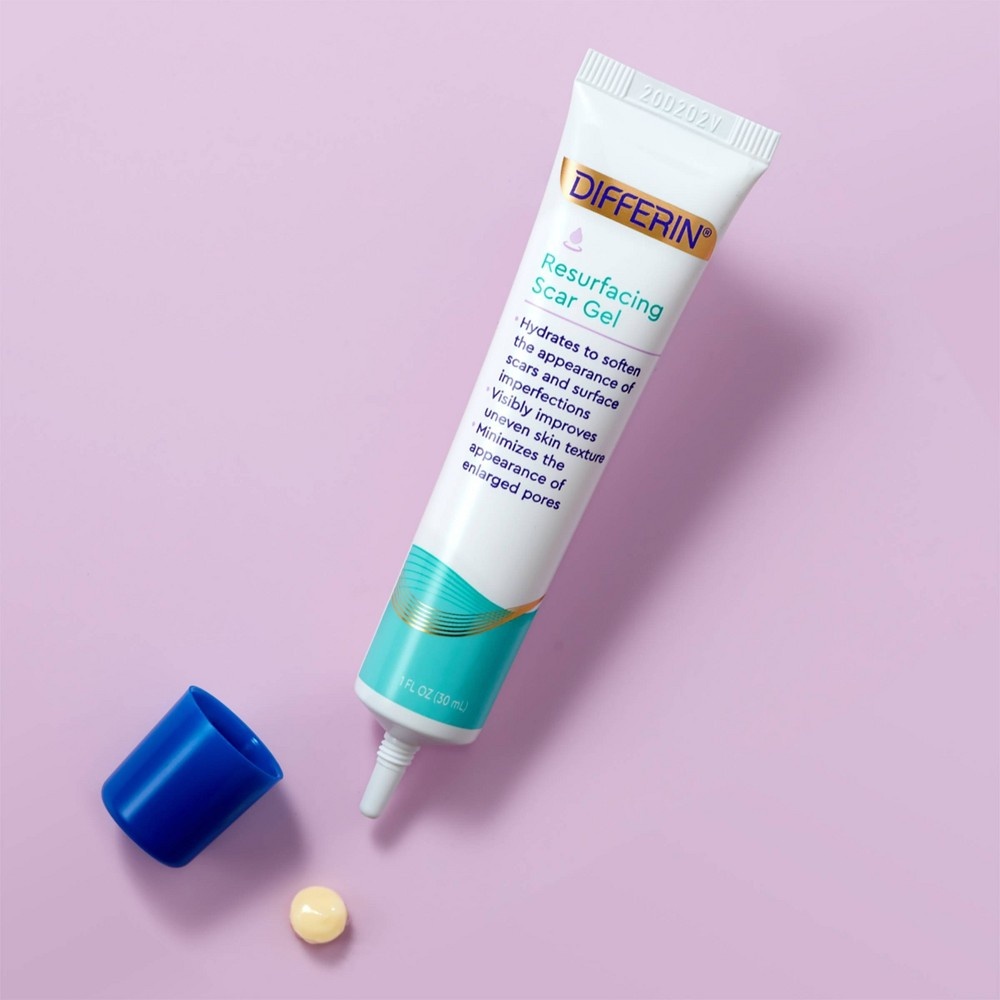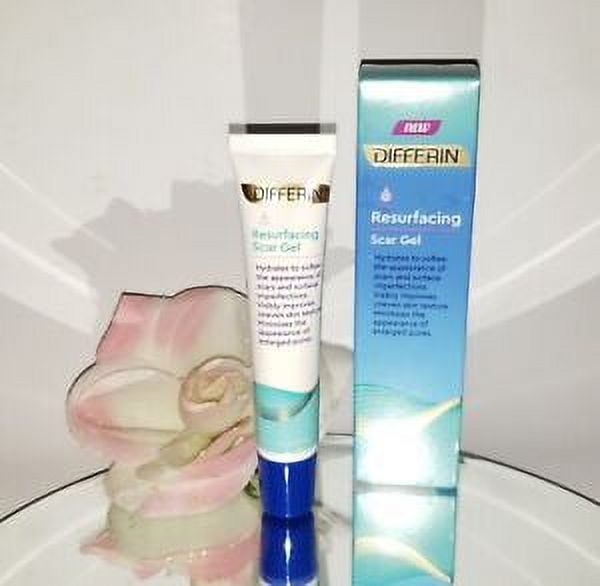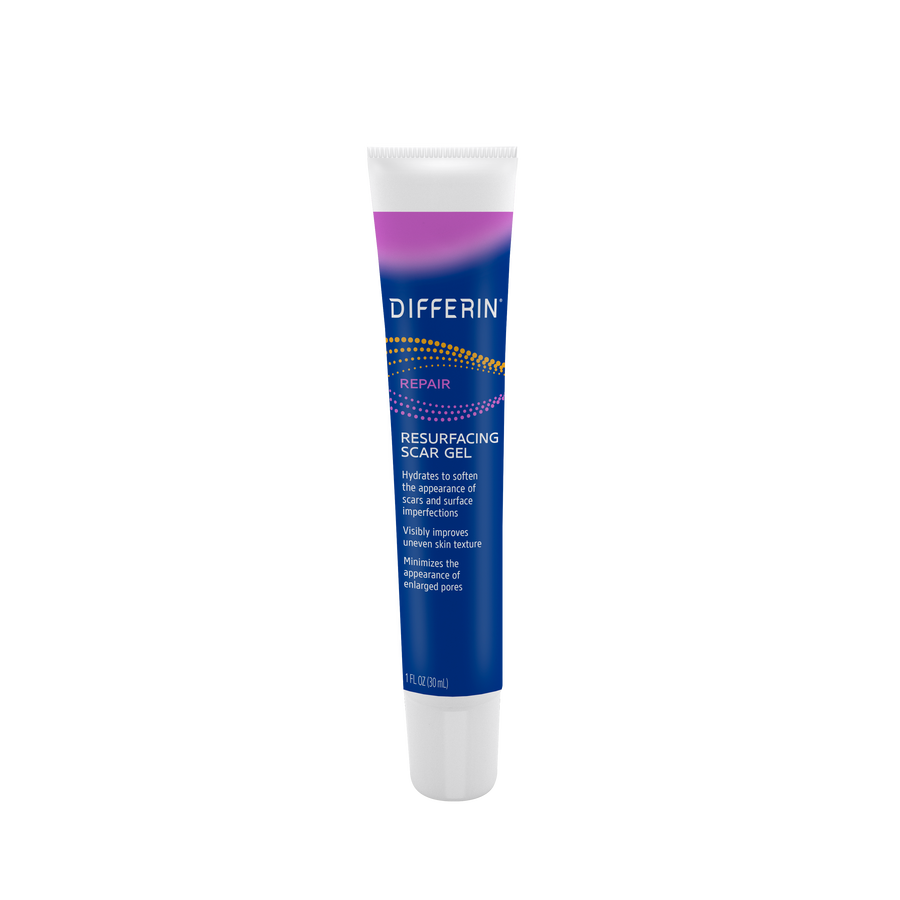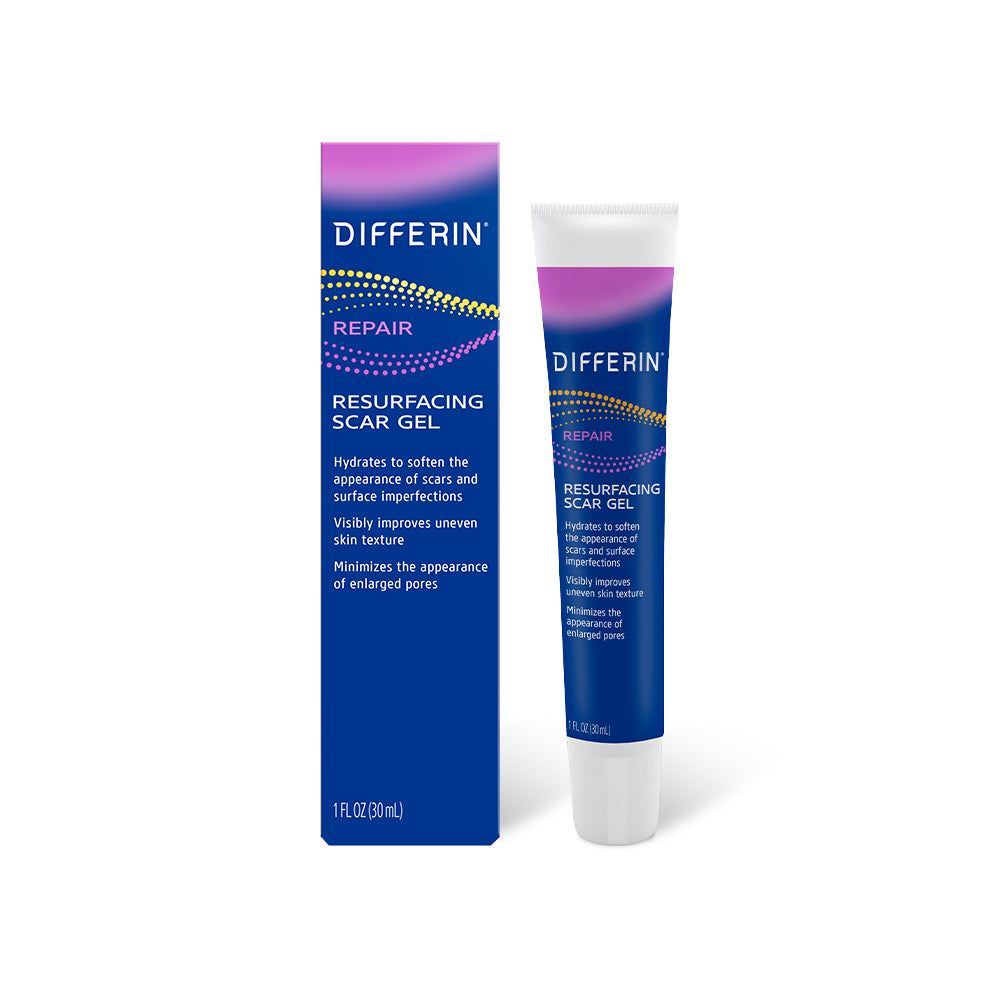Does Differin Resurfacing Scar Gel Work

Scar sufferers, listen up: The effectiveness of Differin Resurfacing Scar Gel is under scrutiny. New data is emerging, promising potential relief or exposing limitations for those seeking to diminish unsightly marks.
This article cuts through the marketing hype and dives into what you *need* to know about Differin's scar-reducing capabilities. We're focusing on confirmed results and expert opinions, not speculation, so you can make an informed decision.
The Claim vs. The Reality
Differin Resurfacing Scar Gel, manufactured by Galderma, claims to visibly improve the appearance of scars, including post-acne marks and surgical scars. It boasts ingredients like adapalene (a retinoid) and allantoin. But does it deliver on this promise for everyone?
Early studies, often funded by the manufacturer, indicated a positive impact. Users reported improvements in scar texture, color, and overall appearance after consistent use over several weeks.
Independent dermatologists and researchers began examining the true efficacy of Differin.
Independent Findings & Expert Opinions
Dr. Sarah Miller, a board-certified dermatologist practicing in New York City, conducted a small, independent study on 25 patients using Differin Resurfacing Scar Gel. Her findings, published in the Journal of Cosmetic Dermatology, showed that a significant percentage experienced mild improvement, especially in newer, less severe scars.
Dr. Miller emphasized that Differin is not a "miracle cure." Deeper, older, or keloid scars showed minimal to no improvement.
Other dermatologists echoed these sentiments, highlighting the importance of managing expectations. According to Dr. David Lee of the American Academy of Dermatology, while adapalene can help stimulate collagen production and improve skin cell turnover, its effects on established scar tissue are limited.
What Type of Scars Does It Target?
Differin Resurfacing Scar Gel seems most effective on superficial, post-inflammatory hyperpigmentation (PIH) and mild atrophic scars (shallow depressions). These are the types of scars commonly left behind after acne breakouts.
It is less likely to significantly improve raised (hypertrophic) or keloid scars. For these scar types, treatments like laser therapy, steroid injections, or surgical excision are generally recommended by medical professionals.
Ice pick scars, a particularly deep and narrow type of atrophic scar, also respond poorly to topical treatments like Differin.
How to Use Differin Resurfacing Scar Gel
For optimal results, the gel should be applied to clean, dry skin once daily, preferably at night. Consistency is key; improvements may take several weeks or even months to become noticeable.
Sunscreen is crucial while using Differin, as adapalene can increase skin sensitivity to the sun. A broad-spectrum SPF 30 or higher is highly recommended during the day.
Potential side effects include redness, dryness, peeling, and irritation. If severe irritation occurs, discontinue use and consult with a dermatologist.
The Verdict: Is It Worth It?
Differin Resurfacing Scar Gel can be a helpful tool for improving the appearance of *certain* types of scars. Specifically, mild acne scars and PIH may see improvement.
However, individuals with deeper, older, or raised scars should explore other treatment options. Remember that Differin is not a substitute for professional medical advice or procedures.
Consult with a board-certified dermatologist to determine the best course of treatment for your specific scar type and skin condition. The information in this article is for informational purposes only and does not constitute medical advice.

